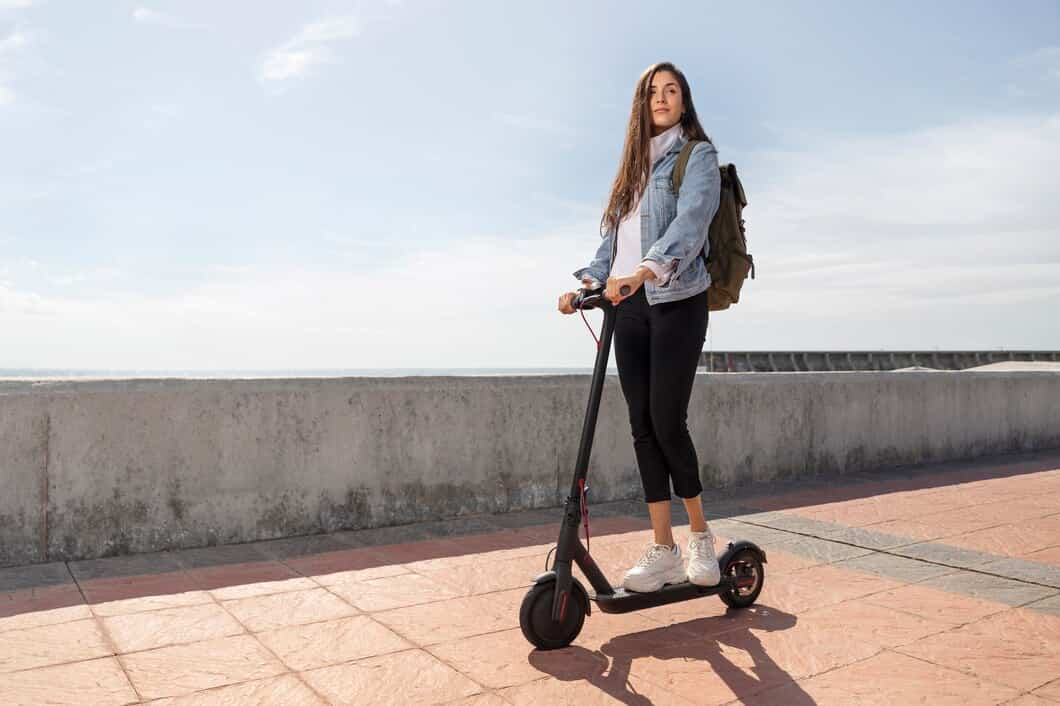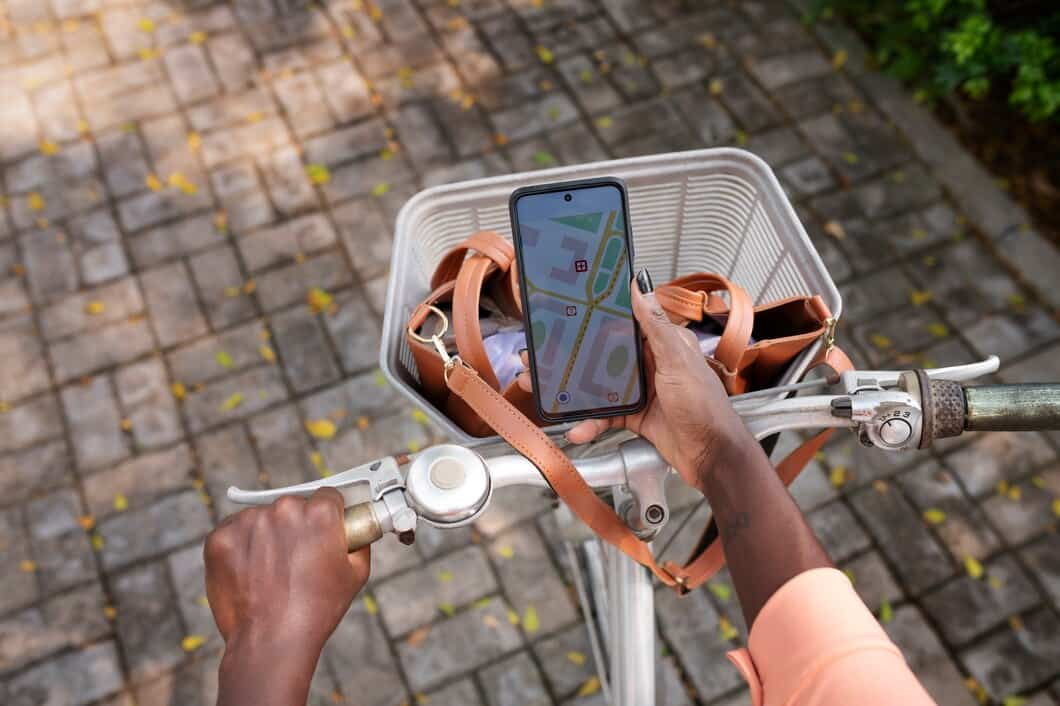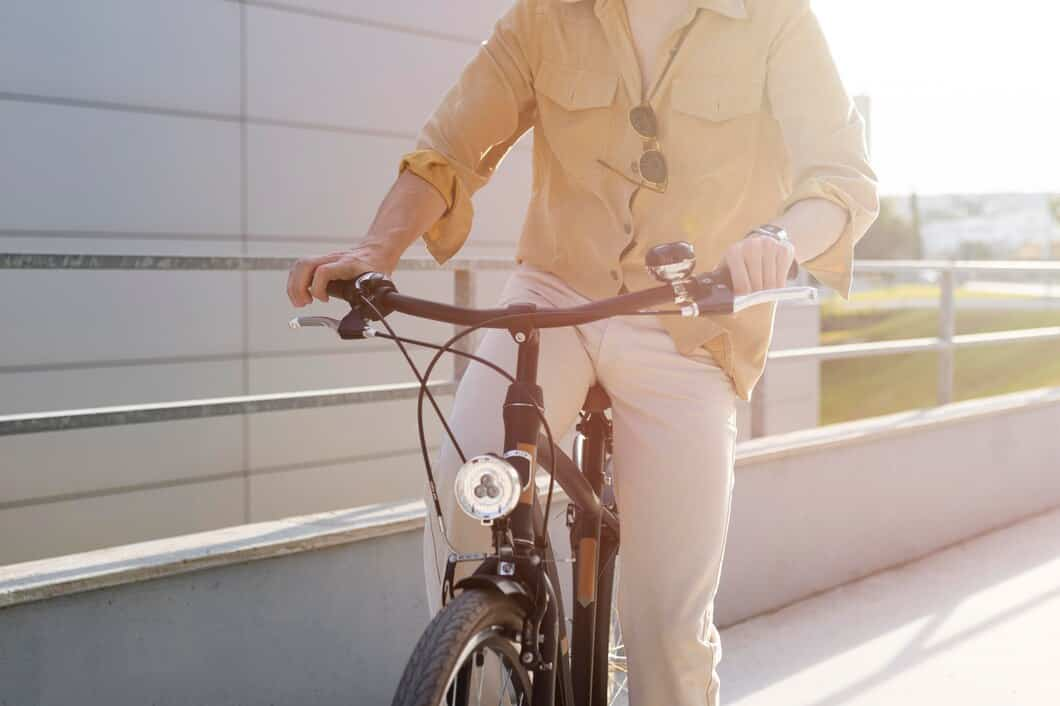How Far Can An Electric Bike Go On A Single Charge?
Time: 13 Apr 2024 22:33

An electric bike's range on a single charge is determined by various factors, including battery capacity, motor efficiency, terrain, and rider weight. A typical e-bike can travel between 20 and 50 miles on a single charge, depending on these factors. Some high-end e-bikes can reach ranges of up to 100 miles or more, while budget-friendly models may have ranges of only 10-15 miles.
To extend the range of an electric bike, riders can use pedal assist more sparingly, avoid riding on steep hills, and keep the bike well-maintained. Charging the battery regularly and using a charger that is compatible with the bike's battery is also important for maintaining the battery's health and longevity.
Battery capacity and range
Battery capacity, measured in ampere-hours (Ah), indicates the amount of charge a battery can hold. A higher Ah rating means a longer range on a single charge. However, battery capacity also affects the bike's weight and cost.
Range, measured in miles or kilometers, is the distance an electric bike can travel on a single charge. It depends on factors like battery capacity, motor efficiency, rider weight, terrain, and speed.
To maximize range, choose an electric bike with a high Ah battery and an efficient motor. Consider your typical riding distance and terrain when selecting a battery capacity.
Remember that battery capacity and range are interrelated. A larger battery capacity typically means a longer range, but it also adds weight and cost to the bike. Choose a balance that meets your needs and preferences.
Motor power and efficiency
In terms of efficiency, electric bikes excel in urban environments and on flat terrain, where their efficient motors and regenerative braking systems shine. However, when tackling hills or carrying heavy loads, the motor may need to work harder, reducing efficiency and range.
The efficiency of an electric bike motor is measured in watts per hour (Wh) and is determined by factors such as the motor type, design, and construction. Higher-efficiency motors consume less energy for the same amount of power output, extending the bike's range.
The placement of the motor also influences efficiency. Mid-drive motors, located near the bike's center of gravity, offer better power transfer and efficiency compared to hub motors, which are mounted in the wheels.
Finally, the rider's pedaling style can impact efficiency. Smooth and consistent pedaling, along with optimal gear selection, enhances motor efficiency and range.
Terrain and elevation
The terrain you ride on and the elevation you climb both play a significant role in how far your e-bike can travel on a single charge. Riding on flat terrain with no elevation gain will allow you to travel further than riding on hilly terrain with lots of elevation gain. This is because the motor has to work harder to climb hills, and this uses more battery power. Additionally, riding into a headwind will also reduce your range, as the motor has to work harder to overcome the resistance of the wind.
If you're planning on doing a lot of riding on hilly terrain, you'll want to choose an e-bike with a powerful motor and a large battery. This will help you to maintain your speed and travel further on a single charge.
Here are some tips for maximizing your e-bike's range:
- Ride on flat terrain as much as possible.
- Avoid riding into a headwind.
- Use the motor's assist mode sparingly.
- Keep your tires properly inflated.
- Keep your e-bike's battery charged.
Pedal assist and throttle use

The type of pedal assist you use will also affect your range. Pedal assist level 1 provides the least amount of assistance, while level 5 provides the most. If you're riding in a hilly area, you'll likely need to use a higher level of pedal assist, which will drain your battery more quickly. However, if you're riding on a flat surface, you can use a lower level of pedal assist, which will extend your range.
If you use the throttle only, you will drain your battery more quickly than if you use pedal assist. This is because the throttle provides full power to the motor, even when you're not pedaling. Using the throttle can be helpful when you're starting out or when you're riding up a steep hill, but it's important to use it sparingly if you want to extend your range.
The weight of the rider and cargo can also affect your range. A heavier rider or cargo will require more power from the motor, which will drain the battery more quickly. If you're planning on carrying a lot of weight, you may need to reduce your range expectations.
The temperature can also affect your range. Cold temperatures can reduce the battery's capacity, which will shorten your range. If you're riding in cold weather, you may need to charge your battery more frequently.
Weight of the rider and cargo
The weight of the rider and cargo can also affect the range of an electric bike. A heavier rider or more cargo will require more power from the motor, which will drain the battery faster. For example, a 200-pound rider with 50 pounds of cargo will use more energy than a 150-pound rider with no cargo.
To offset the weight of the rider and cargo, you can choose an electric bike with a more powerful motor or a larger battery. You can also reduce the weight of your cargo by packing light or using a trailer. By considering the weight of the rider and cargo, you can choose the right electric bike for your needs and get the most range out of your battery.
Tire pressure
Tire pressure is another important factor that can affect the distance an electric bike can go on a single charge. Proper tire pressure helps reduce rolling resistance, which makes it easier for the bike to move forward. This, in turn, can lead to increased efficiency and a longer range. On the other hand, underinflated tires can increase rolling resistance, which can reduce the bike's efficiency and range.
The optimal tire pressure for an electric bike will depend on the specific model and type of tires being used. However, as a general rule of thumb, it's best to keep the tires inflated to the pressure recommended by the manufacturer. This information can usually be found on the sidewall of the tire.
Checking and adjusting tire pressure is a simple and effective way to improve the efficiency and range of an electric bike. By taking the time to ensure that the tires are properly inflated, you can help maximize the distance you can travel on a single charge.
Wind resistance
Wind resistance is a major factor that affects how far an electric bike can go on a single charge. When riding an electric bike, you are essentially fighting against the wind, which creates drag and slows you down. The faster you ride, the more wind resistance you will encounter, and the more power your bike will need to overcome it.
There are a few things you can do to reduce wind resistance and improve your range on a single charge. First, try to ride in a more aerodynamic position. This means keeping your back straight, your head down, and your elbows close to your body. Second, try to avoid riding in windy conditions. If you must ride in the wind, try to find a route that is sheltered from the wind, such as a bike path or a forested area.
Finally, make sure that your tires are properly inflated. Underinflated tires create more drag, which can reduce your range. Keeping your tires properly inflated will help you to get the most out of your electric bike.
By following these tips, you can reduce wind resistance and improve your range on a single charge. This will allow you to ride your electric bike further and for longer.
Temperature
Temperature is a major factor that can affect battery life. When temperatures are high, the chemical reactions that take place inside the battery are accelerated, which can lead to a decrease in battery life. On the other hand, when temperatures are low, the chemical reactions are slowed down, which can lead to an increase in battery life.
The ideal temperature range for most batteries is between 15°C and 25°C. When temperatures fall outside of this range, battery life can be significantly impacted. For example, a battery that has a lifespan of 10 hours at 25°C may only have a lifespan of 5 hours at 0°C.
There are a few things that you can do to minimize the impact of temperature on battery life. First, try to keep your battery in a cool, dry place. Second, avoid exposing your battery to extreme temperatures. Third, if you are using your electric bike in cold weather, make sure to warm up the battery before using it.
By following these tips, you can help to extend the life of your electric bike battery.
Riding style
Your riding style also plays a significant role in determining how far you can go on a single charge. If you ride aggressively, using the throttle and electric assist more frequently, it will drain the battery faster than if you ride more conservatively. Additionally, carrying extra weight, such as cargo or a passenger, will also reduce your range.
To maximize your range, try to ride smoothly, avoiding sudden acceleration and braking. Use the electric assist judiciously, only when necessary, and try to maintain a steady pace. By following these tips, you can extend the distance you can travel on a single charge.
Maintenance and care
Maintenance and care should be top of mind when owning an e-bike. By following a few simple steps, you can ensure a long, happy, and safe riding experience with your e-bike. Regular maintenance, such as cleaning, lubrication, and brake checks, will prolong the life of your e-bike and ensure optimal performance.
It's important to keep your bike clean and free of dirt and grime. This will help prevent rust and corrosion. A simple way to clean your bike is to use a hose and some mild soap. Be sure to dry your bike thoroughly after cleaning. Proper maintenance also involves keeping your e-bike up to date with the latest firmware and software updates. This ensures that your e-bike is running at peak efficiency and taking advantage of the latest features.
A final element to consider with e-bikes is the battery, as it will need to be replaced eventually. The lifespan of an e-bike battery is typically between 2 and 5 years, depending on how often you use it and how well you take care of it. If you notice the battery is not lasting as long as it used to, it may be time to replace it.
Frequently Asked Questions
Factors That Affect Range
The range of an electric bike on a single charge can vary depending on several factors, including the battery capacity, the efficiency of the motor, the terrain, the rider's weight, and the level of assist used.
Average Range
On average, most electric bikes can travel between 20 and 50 miles on a single charge. However, some higher-end models can go even further, with ranges of up to 100 miles or more.
Tips for Extending Range
There are a few things you can do to extend the range of your electric bike on a single charge. These include using a lower level of assist, riding on flat terrain, and avoiding strong headwinds.
Charging Time
The charging time for an electric bike battery can vary depending on the size of the battery and the type of charger used. Most batteries can be fully charged in 4-8 hours.
Conclusion
Ultimately, the range of an electric bike on a single charge is determined by a complex interplay of factors, such as battery capacity, motor efficiency, terrain, and riding style.
For a typical e-bike with a 500Wh battery, an average range of 30-60 miles can be expected. However, factors such as hills, strong winds, or heavy loads can significantly impact the range.
Recommendation
How far can an electric bike go on a single charge?
An electric bike's range on a single charge is determined by various factors, including battery capacity, motor efficiency, terrain, and rider weight. A typical e-bike can travel between 20 and 50 mil...
What is the lifespan of the eBike battery?
The lifespan of an eBike battery is a crucial factor to consider when investing in an electric bike. Several factors contribute to battery lifespan, including battery type, maintenance practices, and...
How far can an electric bike travel on a single charge?
Electric bikes are becoming increasingly popular as a way to get around town or commute to work. But one of the most common questions potential buyers have is: "How far can an electric bike travel on...
Does pedaling an electric bike charge the battery?
When it comes to riding an electric bike, many people wonder if pedaling the bike will charge the battery. The answer to this question is a little more complicated than a simple yes or no. In this abs...
Are Ebikes worth getting?
What are the benefits of owning an ebike? Let's start with an overview of the benefits of owning an e-bike. Firstly, they offer a convenient and eco-friendly mode of transport, allowing you to naviga...



